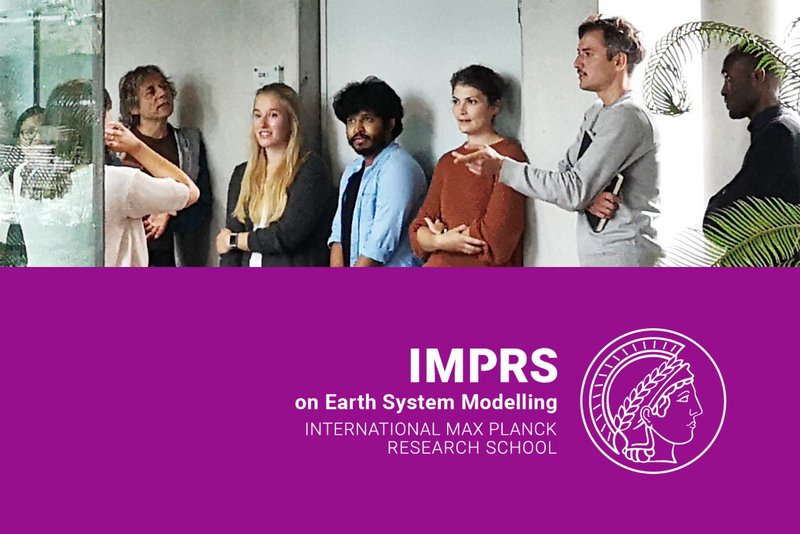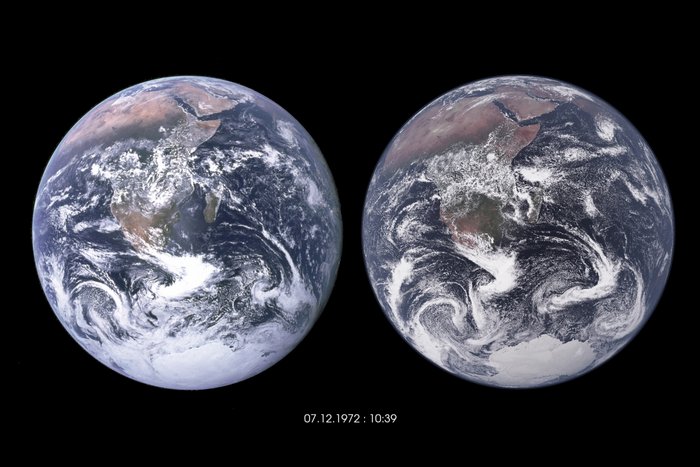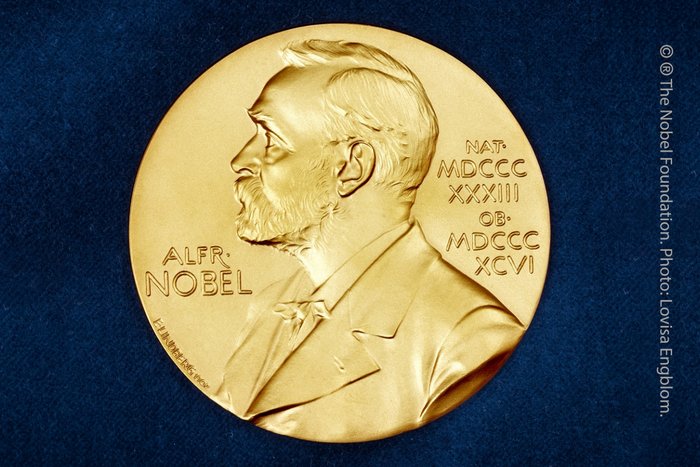
Aktuelles

Überraschende Einfachheit: Modellexperimente liefern Faustregel für Kohlenstoff-Klima-Dynamik
Die Erforschung des Klimawandels ist eine komplexe Herausforderung, aber manchmal erweisen sich Zusammenhänge auch als unerwartet einfach. Aus…

Tropische Wirbelstürme und der Kohlenstoffkreislauf: Neue Erkenntnisse aus einer Modellsimulation
Zum ersten Mal haben Forschende extrem starke tropische Wirbelstürme und deren Auswirkungen auf den Kohlenstoffkreislauf im Ozean in einem globalen…

Neue ICON-Konfiguration ermöglicht realistischen Blick auf kleinskalige Ozeanwirbel
Indem sie ein innovatives Rechengitter benutzten, konnten Wissenschaftler erstmals das Verhalten von Wirbeln mit einer Größe von wenigen Kilometern in…

Die Luft und ihre Geheimnisse – eine Geschichte der Atmosphärenforschung
In seinem neuen Buch erzählt Guy Brasseur die Geschichte der Atmosphärenforschung. Wie das Buch entstanden ist, und warum eine historische Perspektive…

ICON-Team erhält internationale Anerkennung für bahnbrechende Leistungen im Hochleistungsrechnen
Ein Team unter der Leitung des Max-Planck-Instituts für Meteorologie und des Deutschen Klimarechenzentrums hat für seine bahnbrechende Arbeit an der…

So werden Modellexperimente zur Atlantischen Umwälzbewegung realistischer
Durch das Abschmelzen von arktischem Eis gelangt immer mehr Süßwasser in den Nordatlantik, was die Atlantische Umwälzbewegung voraussichtlich…
Unsere Forschung
Abteilung
Klimaphysik
Abteilung
Klimadynamik
Abteilung
Klimavariabilität
Unabhängige
Forschungsgruppen

PhD positions in Climate Research - Annual Call 2026 open 1 July to 15 September
Die International Max Planck Research School on Earth System Modelling (IMPRS-ESM) ist ein strukturiertes, interdisziplinäres und internationales Programm für Doktoranden. Ziel unseres Programms ist es, das Verständnis von Prozessen und der Dynamik im Erdsystem sowie die Vorhersagefähigkeiten zu verbessern.
Neuer Blick auf das „Blue Marble“-Foto: ICON simuliert das gekoppelte Klimasystem mit 1 km-Auflösung
Die frühen 1970er Jahre werden oft mit der Entstehung der modernen Umweltbewegung in Verbindung gebracht. Im Jahr 1970 wurde der erste Tag der Erde begangen, und 1971 wurde Greenpeace gegründet. Im März 1972 veröffentlichte der Club of Rome seinen einflussreichen Bericht über die „Grenzen des Wachstums“. Das zunehmende Umweltbewusstsein machte sich …





